Best Things to Do in Alabama

Searching for the best things to do in Alabama? Well, you are in the right place! The Heart of Dixie has an abundance of must-see attractions, and over the years I’ve found myself returning again and again to see gorgeous beaches, gardens, quirky museums and iconic spots.
If you’re traveling with kids, you’ll find fun water parks and nature trails, and if you’re craving beach time, Dauphin Island and the Gulf Coast deliver the softest sand and fantastic sunsets. There are plenty of romantic gardens, weekend getaways and fantastic restaurants for couples and solo travelers near Alabama's coast and inland too. These are my absolute best things to do in Alabama, all handpicked from my personal travel notes, that I hope you will love too.
What to See and Do on Alabama's Gulf Coast
If you are craving water, sunshine and rest, head to Alabama's Gulf Coast where you can spend your vacation as relaxed or as active as you like! Here are my favorite things to do along the coast.

1. Things to Do in Mobile
I though that this birthplace of Mardi Gras celebration in the USA was one of the most unique coastal cities in the South, and offered some of the best things to do in Alabama. Its centuries-old live oaks and water views gave it a beautiful setting that I deeply enjoyed. I kicked off my Alabama road trip here with a five day stay at the 4-star Battle House Renaissance Hotel.
We all enjoyed having access to so many great things to do in Mobile, and easy access to nearby beaches. I strolled along the oak-lined streets of the Historic District, with their stately antebellum homes, ducked into the Mobile Carnival Museum to learn the backstory of Mardi Gras, and explored the historic USS Alabama battleship at Battleship Memorial Park. Afternoons meant wandering along Dauphin Street’s artsy boutiques and cafés, and evenings ended with watching the sun sink into the horizon, followed by fresh Gulf seafood at places like Wintzell's Oyster House.
- Location: Mobile County in the Gulf Coast region of southwest Alabama
- Population: around 182,594
- Map & Directions
- Scenery: coastal, bayfront, historic downtown, oak-lined streets
What I loved best:
My personal highlight was exploring special children's exhibits with my son at the National Maritime Museum of the Gulf followed by family lunch at the museum's Fresh Fruit Café, right on the waterfront!
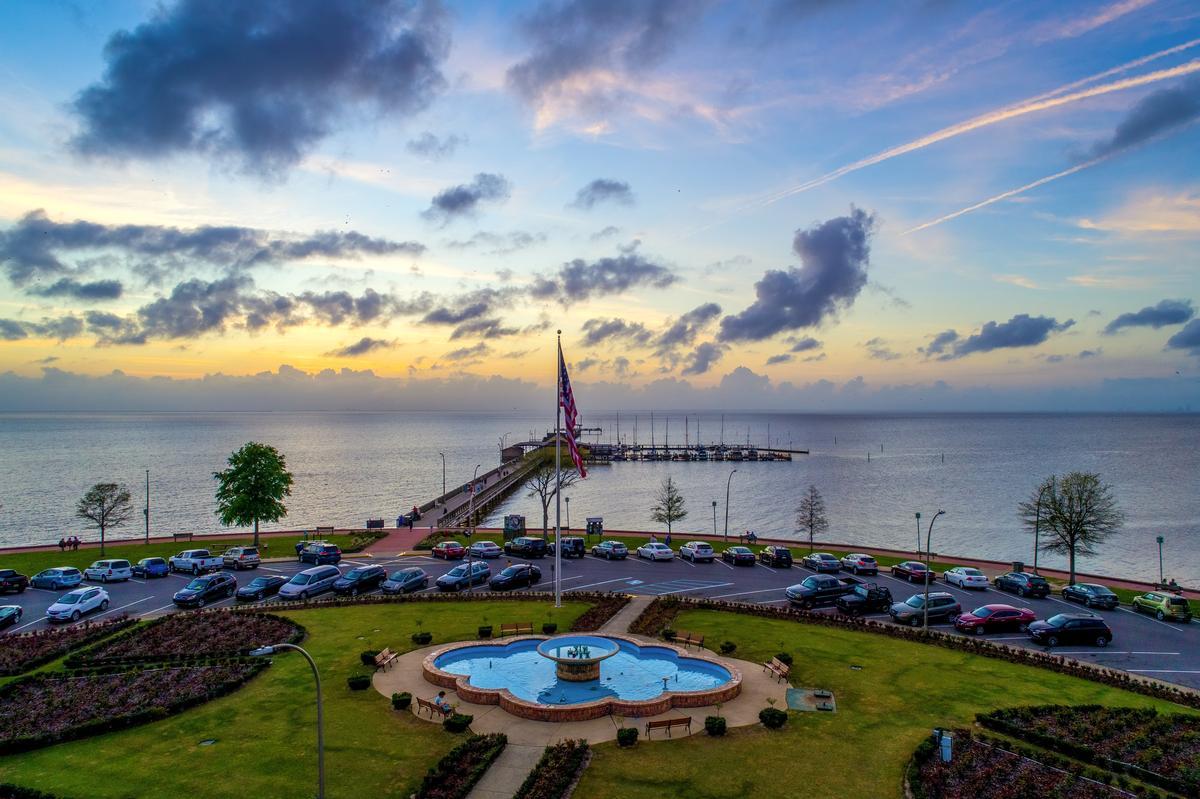
2. Enjoying the sunsets in Fairhope
We absolutely love Fairhope, and have been many times. This city, about 30 minutes from our previous stop in Mobile, charmed me right away with its storybook architecture, and the sweeping vistas of Mobile Bay. I admired its easy blend of small-town friendliness and artistic spirit. I think that Fairhope is one of the best places to visit in Alabama. Why? With its dreamy sunsets and quirky Southern charm, this bayside town feels like a gentle pause button on the Gulf Coast.
We lingered for two days at 4-star Grand Hotel Golf Resort & Spa in Point Clear soaking up its art-filled energy and coastal calm. I strolled along the flower-lined Fairhope Pier at sunset, browsed the town’s independent art galleries and bookstores, biked along the Eastern Shore Trail, and enjoyed lingering meals of Gulf seafood at cozy waterfront cafés.
- Location: Baldwin County on the eastern shore of Mobile Bay in southwest Alabama
- Population: 23,147
- Map & Directions
What I loved best:
The sunsets over Mobile Bay were absolutely spectacular, my personal highlight on this part of the trip. Chris and I stayed waited by the sunset each evening before heading to dinner back at the resort.

3. Spend time relaxing in Orange Beach
This is Alabama’s slice of the Gulf Coast and I think enjoying a beach day here (or a beach morning if you are in a hurry), is one of my absolute favorite things to do in Alabama. I loved that you can see sugar-white sand beaches stretch for miles... but the beach is also lively, mixing laid-back coastal vibes with endless options for fun, from dolphin cruises to music on the wharf, and even seafood shacks when you get hungry.
After an easy one hour drive from our previous stop in Fairhope, we stayed at the Perdido Beach Resort (around $155/night in low season) for a care-free week this November, right on the beach.
Mornings began at The Southern Grind Coffee House, where we were greeted with coastal décor and friendly chatter - my favorite was the caramel latte and a slice of homemade banana bread.
What I loved best:
Visiting The Wharf for shopping, dining, and we even had a ride on the Ferris wheel! My favorite meal was at Fisher’s at Orange Beach Marina, where I had the Gulf red snapper ($34) and my husband enjoyed the crab claws ($22).
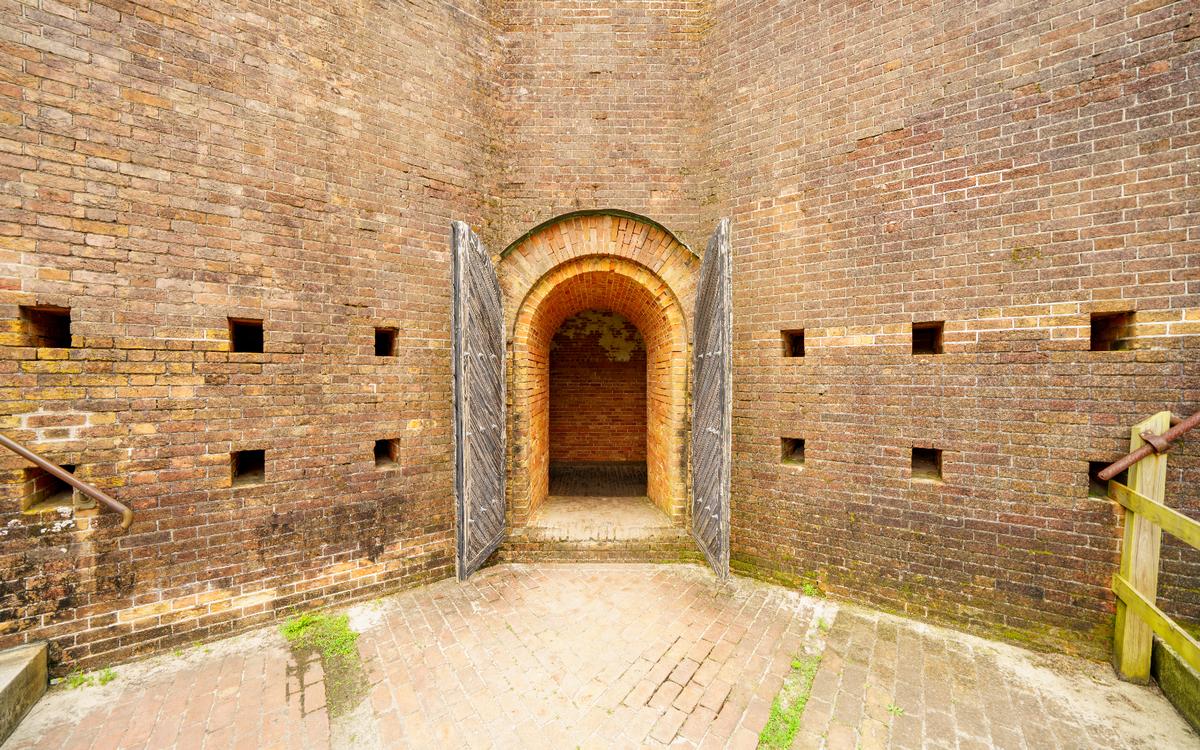
4. Explore Fort Morgan State Historic Site Museum
This place ($8 Adult admission) was actually an easy 42-minute day trip from Orange Beach but added so much to our vacation that it's my number four favorite things to do in Alabama. We found it perched at the tip of Alabama’s scenic Fort Morgan Peninsula, and it offered us a striking blend of coastal beauty and Civil War history.
I loved learning how built in the early 1800s, the fort played a key role in the Battle of Mobile Bay and today stands as a reminder of the region’s strategic importance. We had so much fun seeing its brick walls, many passageways, the museum inside, and sweeping views of the Gulf outside...it truly is a unique place to visit.
What I loved best:
I also loved our lunch at LuLu’s Gulf Shores right after, where I had amazing mahi tacos ($21).
A downside? While exploring exterior ruins and fort walls, it got very hot in the afternoon, so I recommend an early start!
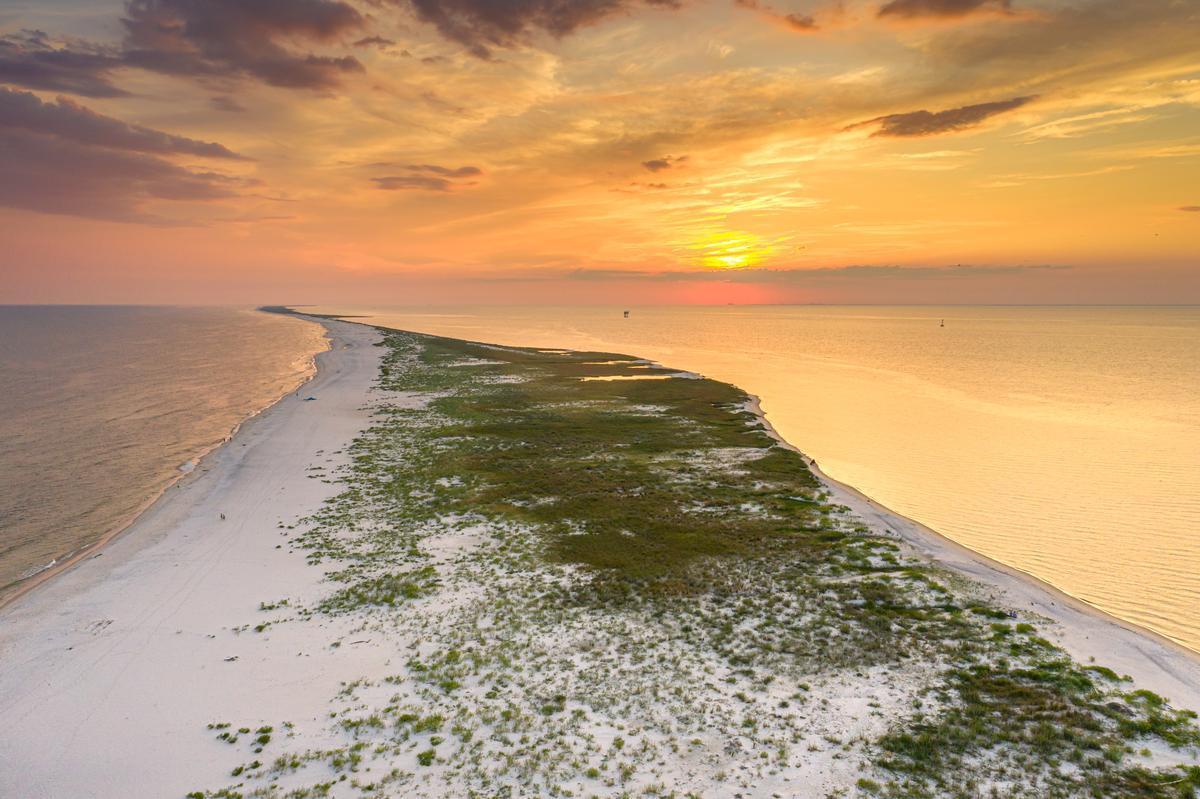
5. Day tripping to Dauphin Island
I thought that this island getaway was just heavenly and one of the best places to visit in Alabama. Why? First off, the sugar-soft white sand beaches are gorgeous and stretch for miles. I can guarantee that even the most picky beach goer will be impressed!
In addition, it's just a 40 minute day trip from Mobile (including a scenic drive across the bridge from mainland Alabama) which is super convenient. On this tranquil barrier island, nicknamed the "Sunset Capital of Alabama," you can explore Audubon Bird Sanctuary trails, climb atop historic Fort Gaines, bike to hidden beaches, and linger at the Dauphin Island Pier. Lighthouse Bakery is a super delicious spot for a treat after exploring.
- Location: Mobile County on the Gulf Coast of southwest Alabama
- Population: 1,709
- Map & Directions
- Scenery: coastal island, beaches, dunes, maritime forest, bird sanctuaries
What I loved best:
One of my favorite stops with my son was the Alabama Aquarium, a true personal highlight. Learning about the Gulf’s marine life and ecosystems made the experience even more meaningful, especially knowing how connected the island is to nature.
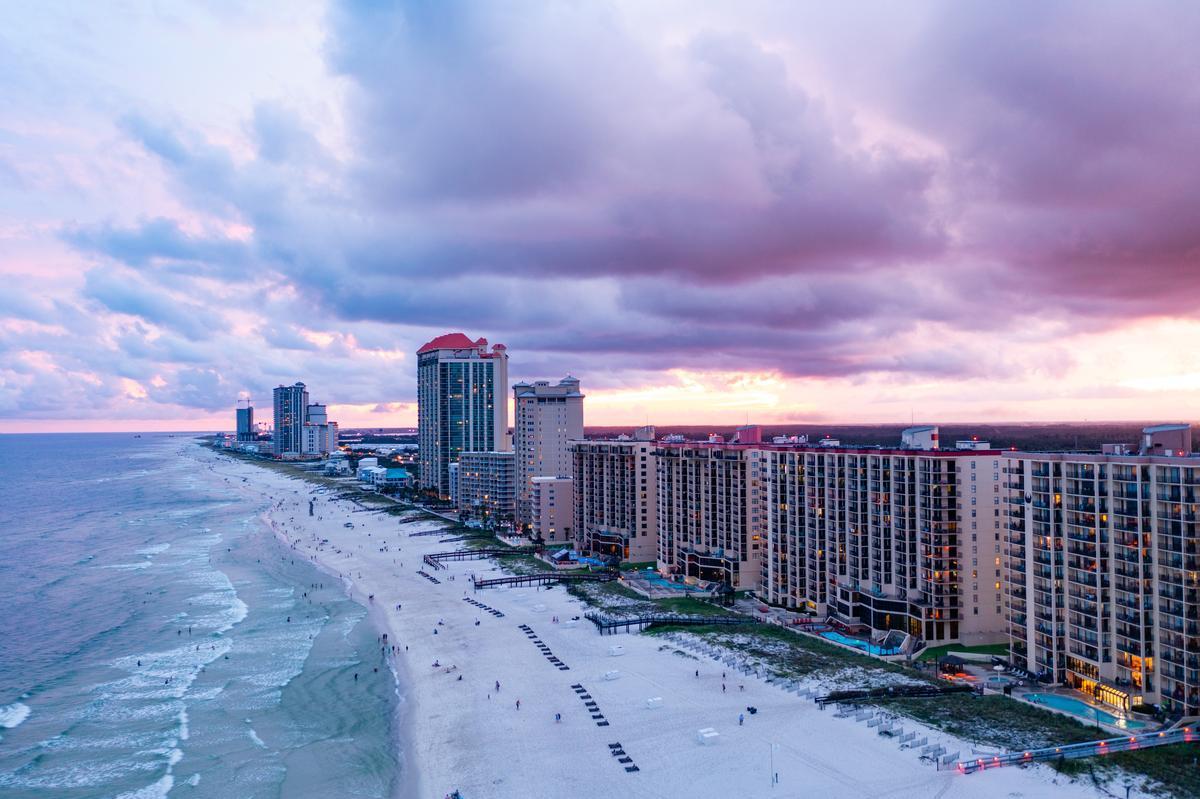

6. Having fun on the beaches in Gulf Shores
This coastal city, just an hour from Mobile, wowed me with its sugar-white sands, emerald Gulf waters, and an upbeat beach-town vibe. From the moment we got there, I felt relaxed in this beach setting, with just the right dash of fun. It’s the kind of place where families build castles in the sand, anglers cast from piers, and live music drifts from open-air beach bars as the sun sinks under the horizon.
I gave myself five relaxing days at The Lodge at Gulf State Park to fully sink into the coastal rhythm here. Days started with barefoot walks along the Gulf State Park Beach, followed by bike rides through its 28 miles of trails weaving past lakes and pine forests. I boarded a dolphin cruise from the marina, and sampled fresh Gulf shrimp after we got back.
- Location: Baldwin County on the Gulf Coast of southern Alabama
- Population: 16,426
- Map & Directions
- Scenery: white-sand beaches, coastal dunes, Gulf waters, wetlands
What I loved best:
I capped evenings with sunsets on the water, a personal highlight. We had seafood after at The Hangout, a cool local spot that lives up to its name with live music and a friendly community vibe.
Best Places to Visit Inland in Alabama
Inland Alabama offers so much to explore! You can enjoy diverse attractions, including the Birmingham area for its urban attractions, Huntsville provides a mix of high-tech and outdoor activities, while Montgomery is a major destination for Civil Rights history.
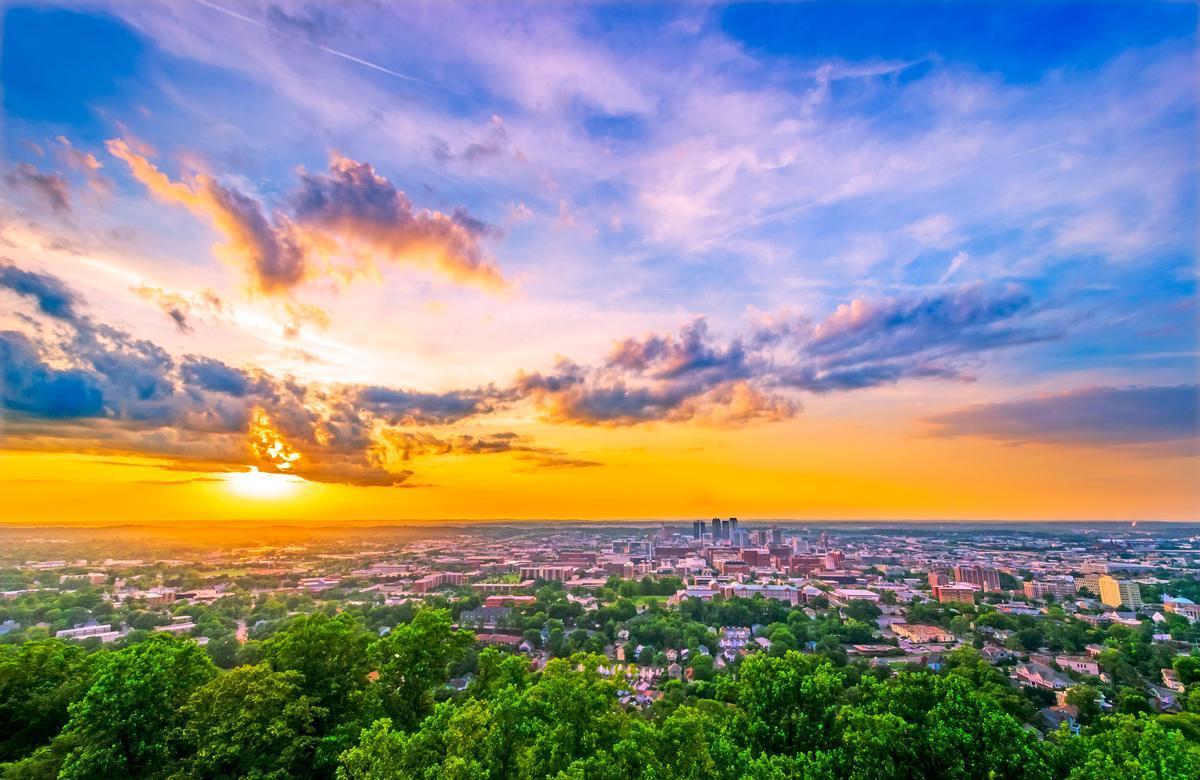
7. What to Do in Birmingham
This vibrant Alabama city exceeded every expectation I had. If you want to explore inland Alabama, Birmingham is a great place to start. In addition, it provides a great base for exploring other destinations within a 2-hour radius. We spent two days at 4-star Redmont Hotel balancing reflection, exploration, and good eats. The most powerful stop was the Birmingham Civil Rights Institute, an interactive museum that takes you through the struggles and triumphs of the 1960s — walking past jail cell replicas, freedom rider buses, and multimedia exhibits left me humbled and inspired. Across the street, I paused at the historic 16th Street Baptist Church, a solemn place of remembrance that carries weight and hope.
But Birmingham isn’t only its past, it’s a vibrant present, too. We caught the Steel City Smooth Jazz Festival in June and I explored the Railroad Park green space downtown, and browsed the Market at Pepper Place for artisan finds. But nothing compared to the soulful flavors at Eagle’s Restaurant — a Birmingham institution where the fried chicken, collard greens, and cornbread tasted like pure comfort on a plate.
- Location: Jefferson County in the north-central region of Alabama
- Population: 196,910
- Map & Directions
- Scenery: urban skyline, hills, forested parks, historic architecture
What I loved best:
Dinner at El Barrio was a highlight because I really worked up an appetite. The dishes have bold Mexican flavors with a creative Southern twist, served in a colorful, artsy space that felt as lively as the city itself.

8. Chelsea, Alabama and Cat-n-Bird Winery
Looking for a relaxing Alabama retreat? Chelsea is such a standout. March was an incredible time to visit this destination as the rolling hills of Shelby County were turning lush and green again, with bright azalea blooms and soft, sun-drenched days that carried the first real warmth of spring. I’d learned that this small town’s charm lies in its peaceful countryside feel — close enough to Birmingham for easy day trips, yet far enough to savor quiet evenings under wide Southern skies.
After landing in Birmingham and taking a short, scenic drive south, I spent a long weekend exploring local trails and hidden backroads lined with blooming dogwoods. The real highlight, though, was an afternoon at Cat-n-Bird Winery, a boutique vineyard tucked into the hills which serves small-batch reds and whites on their patio as live acoustic music drifts through the air, offering the kind of relaxed, down-to-earth atmosphere that makes you feel instantly at home.
Evenings were for stargazing from the porch and enjoying the stillness that comes with being surrounded by nature. Chelsea may be small, but it carries a quiet kind of magic — one that lingers long after you leave.
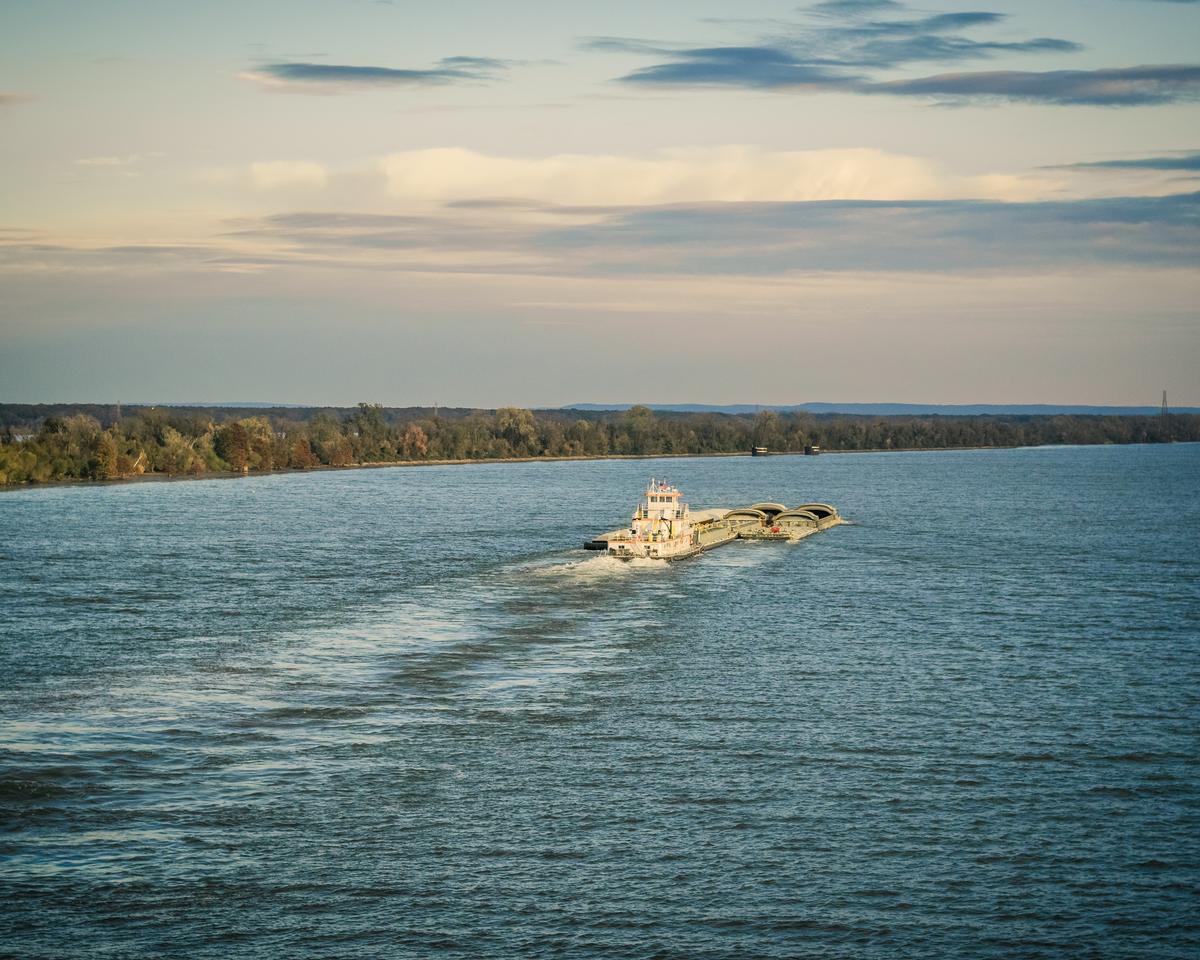
9. Things to Do in Decatur
If you're looking for a Northern Alabama getaway with character, this is a fantastic choice. About 1 hour 30 minutes from Birmingham, I spent two days at the 3-star DoubleTree by Hilton Decatur Riverfront, leaning into both nature and culture. We started our day with coffee and pastries at High Point Market (we brought some with us for a picnic late). My first stop was Wheeler National Wildlife Refuge, where thousands of migratory birds (from sandhill cranes to bald eagles) create a spectacular scene in winter. Evenings were best spent strolling the Tennessee Riverwalk or catching sunset views from Rhodes Ferry Park.
- Location: Morgan County in the north-central region of Alabama along the Tennessee River
- Population: 57,938
- Map & Directions
- Scenery: riverfront, parks, historic downtown, industrial and residential mix
What I loved best:
Exploring downtown was my personal highlight with restored 19th-century architecture, antique shops, and cozy cafés.
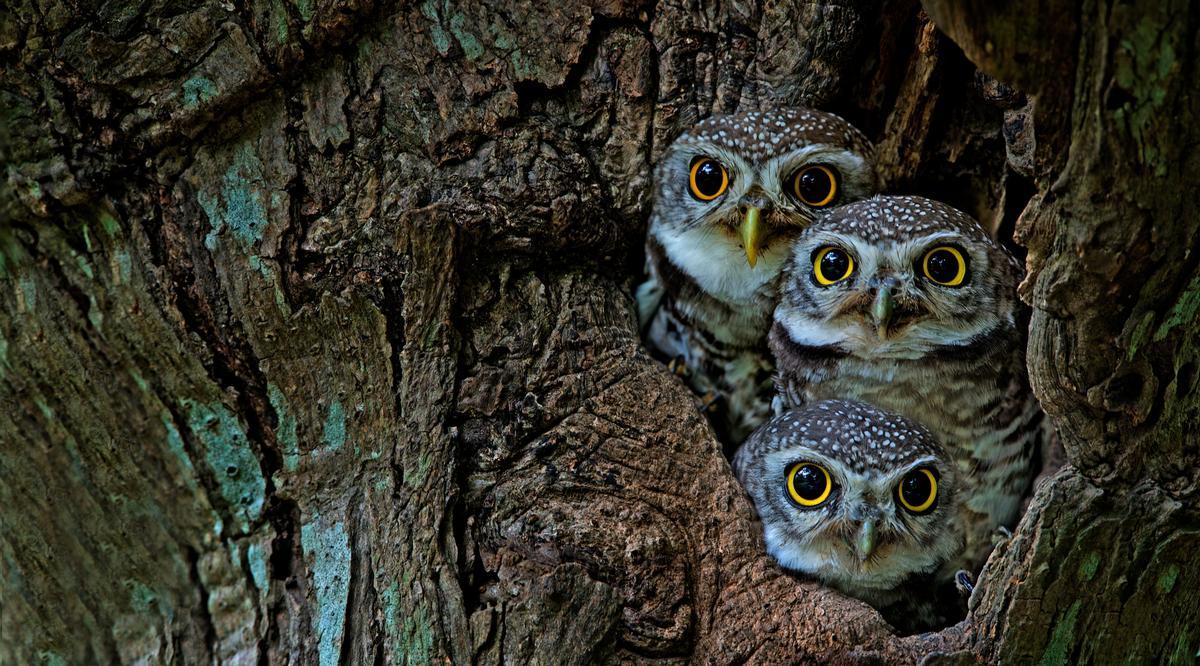
10. Learn about animals and nature at the Alabama Wildlife Center
I found out that this spot, located inside Oak Mountain State Park, is the state’s largest and oldest wildlife rehabilitation facility. Trust me, it's such a unique, fascinating place that you won't be sorry you made the trip!
Dedicated to rescuing and rehabilitating injured native birds, it also offers you a chance to learn about Alabama’s diverse wildlife in a hands-on and meaningful way. That's why I thought it's one of the best things to do in Alabama.
Chris and I drove about 30 minutes down from Birmingham when we moved here, and loved walking along shaded trails leading to the Treetop Nature Trail, where rehabilitated raptors like hawks and owls live in spacious aviaries. The staff and volunteers bring real passion to their work, and you leave not just entertained, but more aware of the ecosystems that surround you. Pairing a visit here with the surrounding Oak Mountain hiking and lake views made it the coolest half- or full-day trip for my family.
What I loved best:
A picnic to by the park’s lake.
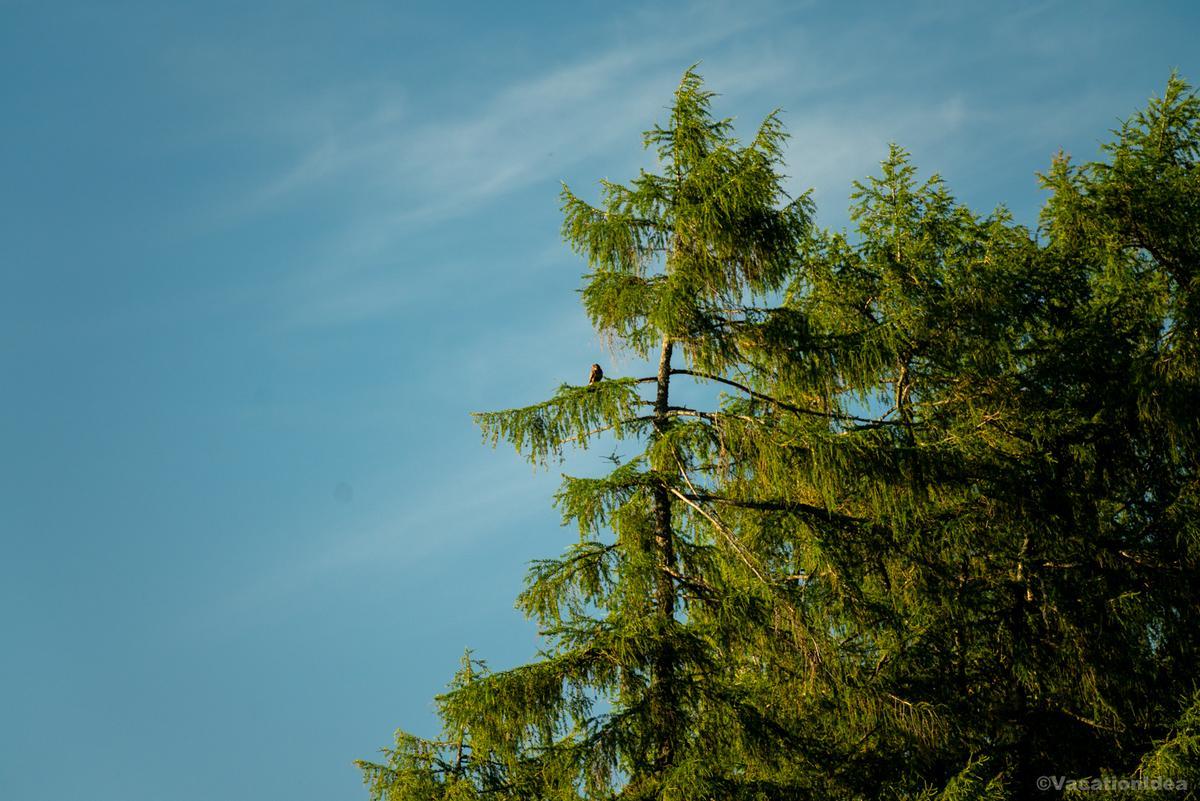
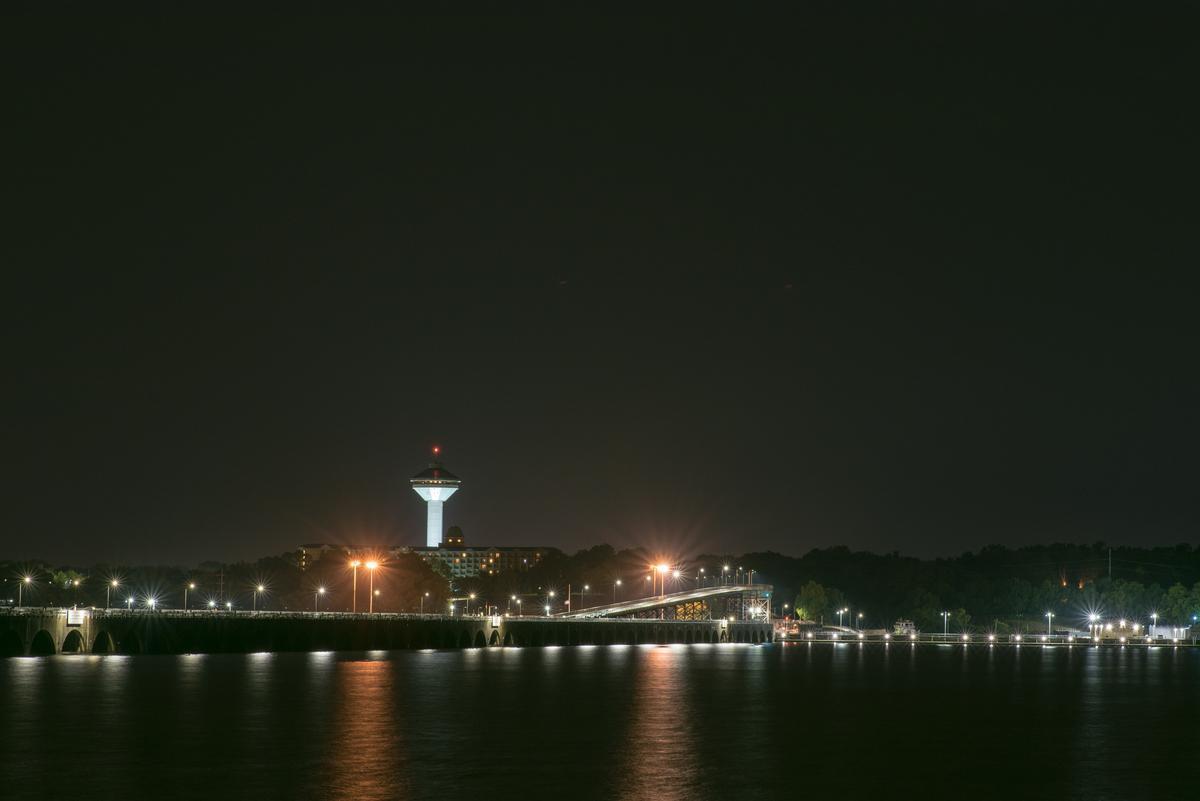
11. Learn about music legends in Muscle Shoals
I fell for this is a small Alabama town with an outsized legacy, where the Tennessee River bends like a shimmering ribbon and music history hums through every brick and recording booth. Known as the “Hit Recording Capital of the World,” this is where legendary artists like Aretha Franklin, The Rolling Stones, and Lynyrd Skynyrd cut timeless tracks, powered by the groove of the famed Muscle Shoals Rhythm Section (“The Swampers”).
Less than an hour's drive from Decatur brought me here, and I based myself for two days to soak in the magic at GunRunner Boutique Hotel. I toured the iconic Fame Recording Studios and Muscle Shoals Sound Studio, wandered the Alabama Music Hall of Fame, and traced soulful history through the Shoals’ streets. Between the music stops, I found peaceful trails at the TVA Reservation along the river, enjoyed a lazy afternoon at McFarland Park.
- Location: Colbert County in the northwest region of Alabama along the Tennessee River
- Population: 16,670
- Map & Directions
- Scenery: riverfront, wooded areas, musical landmarks, small-town charm
What I loved best:
My personal highlight was Southern comfort food at family-run Donna and Friends that made me feel like a local.
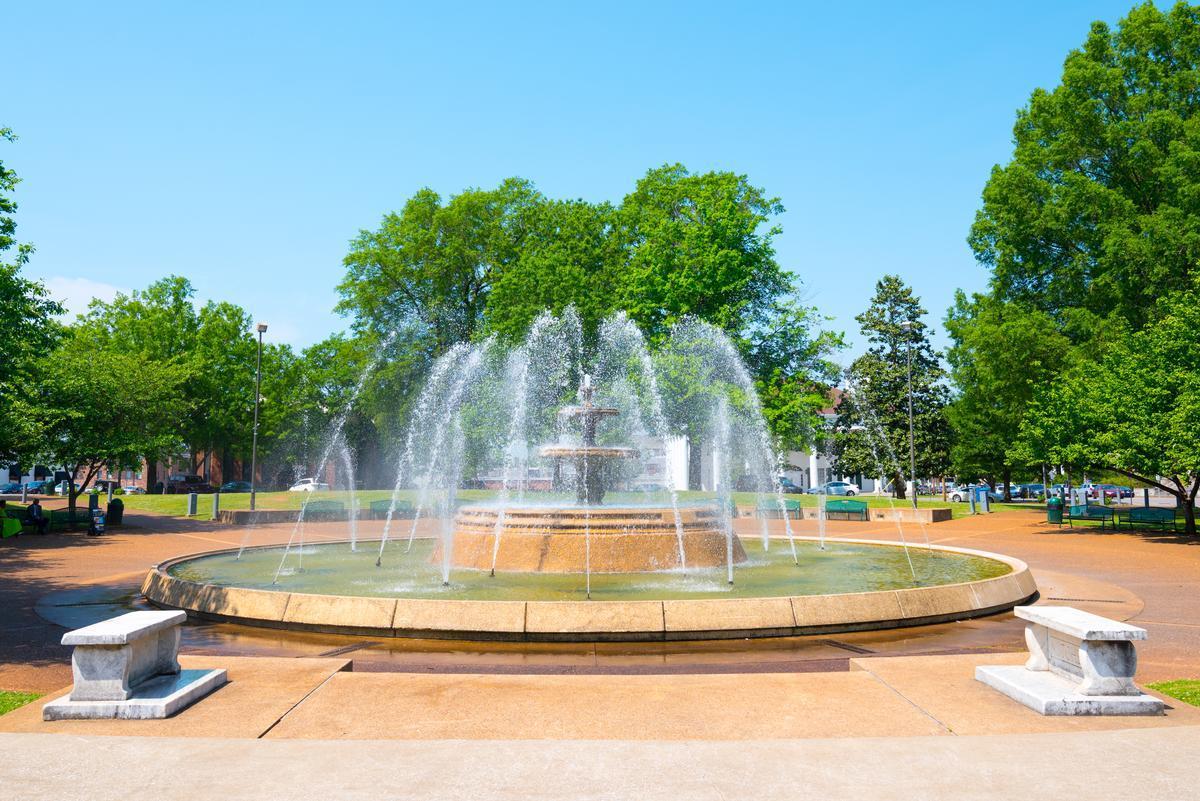
12. Things to Do in Florence, Alabama
This place drew me in with its riverfront beauty, rich musical pulse, and blend of old-South tradition with youthful creativity. Nestled along the Tennessee River in “The Shoals,” it’s a town where historic brick streets lead to funky coffee shops, where Frank Lloyd Wright architecture sits alongside live music bars, and where the spirit of the river seems to fuel both art and life.
A short 10 minute drive across the O’Neal Bridge brought me here from our previous stop in Muscle Shoals. You can tour the Rosenbaum House (Alabama’s only Frank Lloyd Wright design), wander on the leafy University of North Alabama campus, explore quirky shops downtown, and tap your toes to live blues and soul echoing from local venues. Check prices at The Stricklin Hotel for an overnight stay.
- Location: Lauderdale County in the northwest region of Alabama along the Tennessee River
- Population: 39,319
- Map & Directions
- Scenery: riverfront, bluffs, historic districts, university setting
What I loved best:
Strolling along the Tennessee River at McFarland Park as the sun set felt like pure Shoals magic and was my personal highlight.
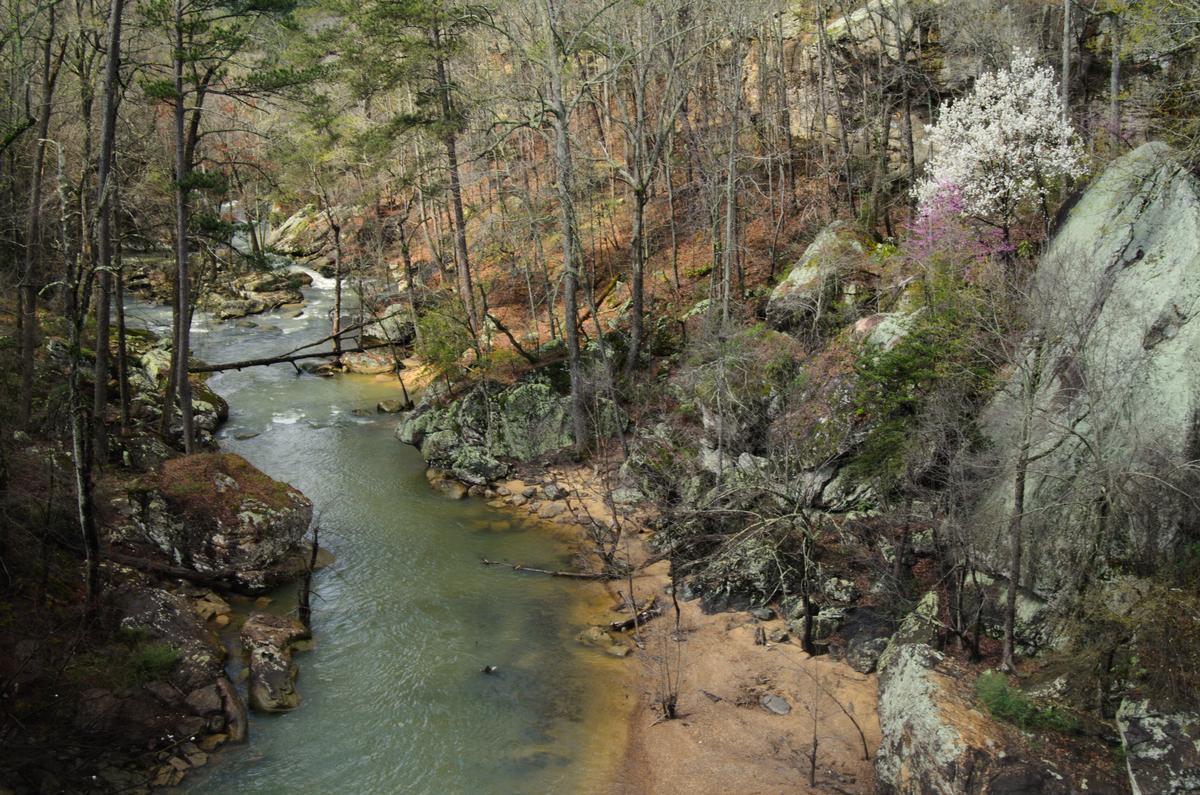
13. Things to Do in Gadsden
Looking for natural beauty and small-town charm on the Coosa River? I always think of Gadsden. After 27 years of travel writing, I’ve found few places that mix waterfalls, riverside views, and quiet streets quite like this northeastern Alabama gem, one of my favorites!
We drove 2 hours 20 minutes from Florence to Gadsden and I spent two days at the 3-star Hampton Inn Gadsden, balancing adventure with relaxation. My first stop was the iconic Noccalula Falls Park, where a 90-foot waterfall plunges into a lush gorge... the walking trails and botanical gardens around it made for a perfect afternoon. I kayaked along the Coosa River, browsed the antique shops downtown, and tucked into comfort food at family-owned diners that completely won me over.
- Location: Etowah County in the northeast region of Alabama along the Coosa River
- Population: 33,617
- Map & Directions
- Scenery: riverfront, mountains, waterfalls, historic downtown
What I loved best:
Evenings brought riverside strolls and that soothing sound of water everywhere, a personal highlight.
Best Things to Do in Huntsville
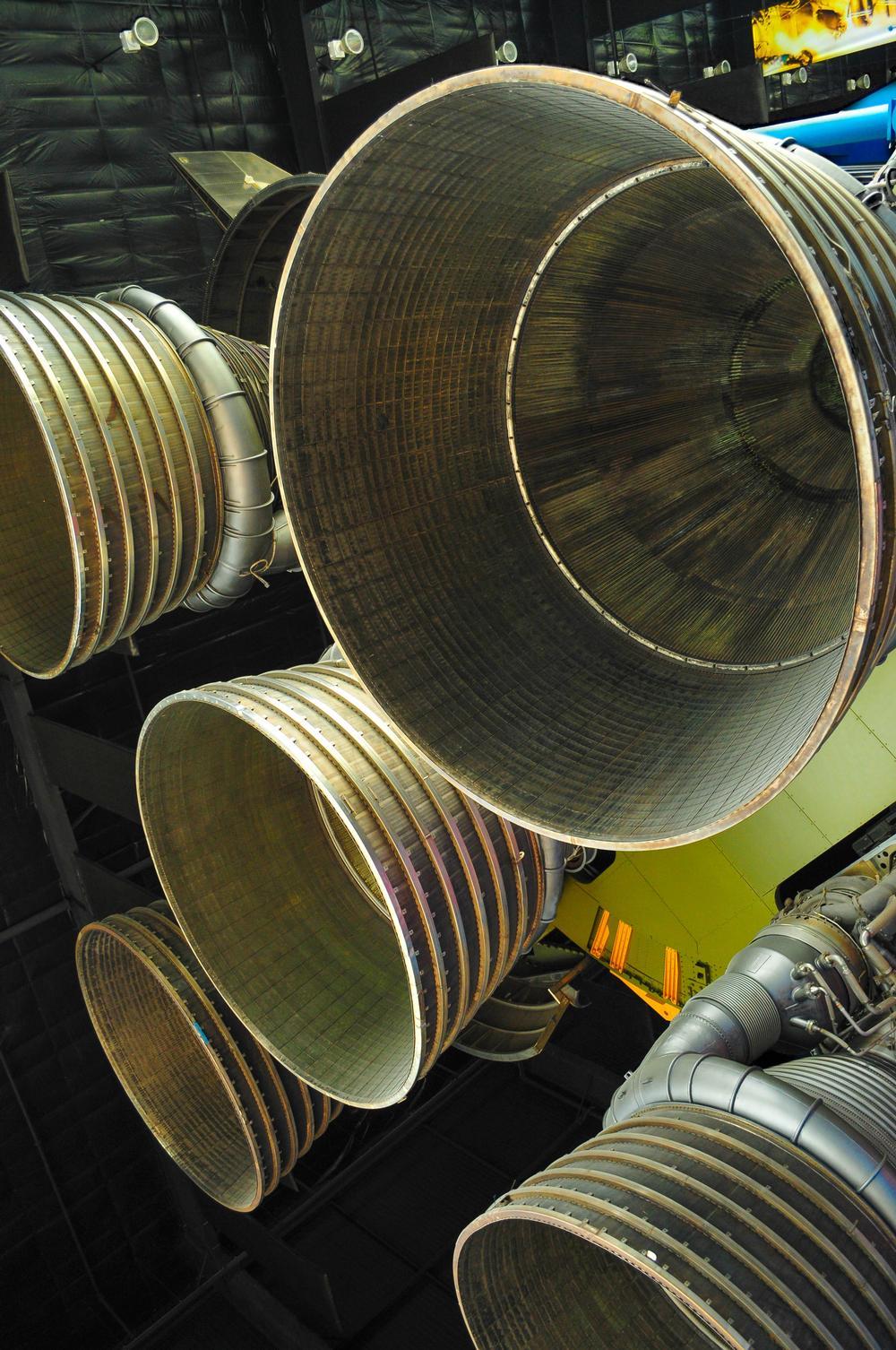
14. Learn about space exploration at U.S. Space and Rocket Center
I thought this was the one coolest things to do in Alabama when I moved to the South, and it's for sure as close as most of us will ever get to walking among the stars. Known as the “Earth’s largest space museum,” my husband, son and I had a chance to admire real rockets, various spacecraft, and check out interactive exhibits for hours!
Standing beneath the towering Saturn V rocket inside the Davidson Center for Space Exploration feels extremely awe-inspiring! In addition, we enjoyed hands-on simulators, and astronaut training experiences, and what I loved best was that here you’ve got something that feels part museum, part adventure. We found it educational but also thrilling, for both kids and adults and I hope that you will too.
- Location Map
- U.S. Space & Rocket Center website ($30 admission for adults, $20 for kids)
We stayed at the Element Huntsville, just 10 minutes from the center, which made it easy to explore the museum during the day and enjoy Huntsville’s dining scene at night after. My favorite meal was at Commerce Kitchen, where I had shrimp & grits ($24). It felt like Southern comfort food with a modern twist.
What I loved best:
My favorite highlight was tour the Apollo 16 capsule as well as real lunar artifacts.
A downside? The additional cost for Space Camp programs, simulator rides, or special exhibits can be quite expensive.
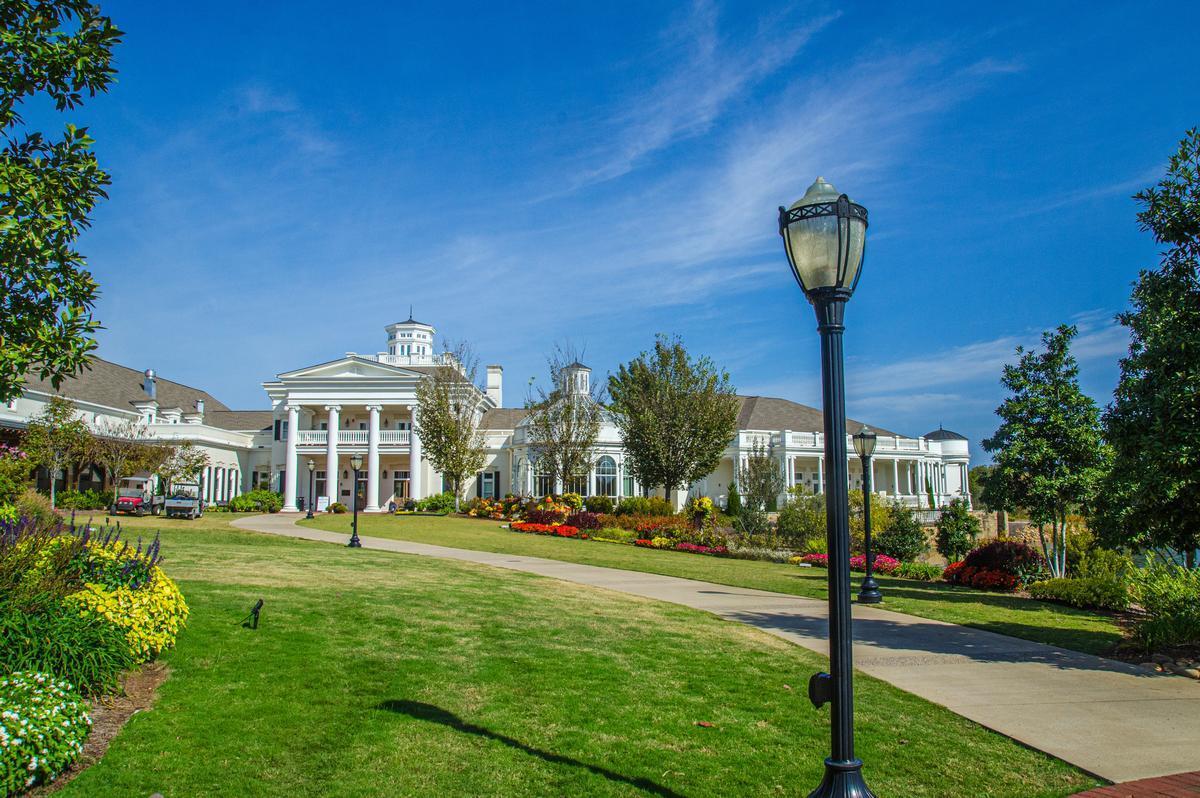
15. Go for a romantic stroll through Huntsville Botanical Garden
If you are a garden lover like me, you'll not want to miss this lush, 118-acre oasis that feels like a living celebration of the seasons! I think this is one of the best places to visit in all of Alabama. Why? First off, we adored the themed gardens (I spent over an hour with my son in interactive children’s areas). In addition, there were so many romantic corners as well (especially in the Japanese Garden), inviting you to stroll and taking in the colors and the scents.
I recommend staying for a few days in Huntsville like we did, and combining your visit to Huntsville Botanical Garden with seeing my #1 favorite attraction, U.S. Space and Rocket Center.
What I loved best:
Seeing the nation’s largest open-air butterfly house was my personal highlight.
Lunch at the on-site Bistro was also great!
A downside? Some attractions like the butterfly house are seasonal (May through September is peak butterfly season).
For me, Huntsville Botanical Garden is one of the best things to do in Alabama because it's romantic and unique!
Booking Checklist
1. Book Your Flight - I use Expedia because I like their mobile app with my itinerary. They've helped me re-book flights on many occasions. Once you reach their Gold tier, support is especially good.
2. Book Your Hotel - I use Booking.com or Expedia, depending on my destination.
3. Book Your Rental Car - I use Expedia.
4. Book your tours on Viator or Get Your Guide.
5. If you are planning to visit more than three national parks in the next 12 months, buy the America the Beautiful Pass.
